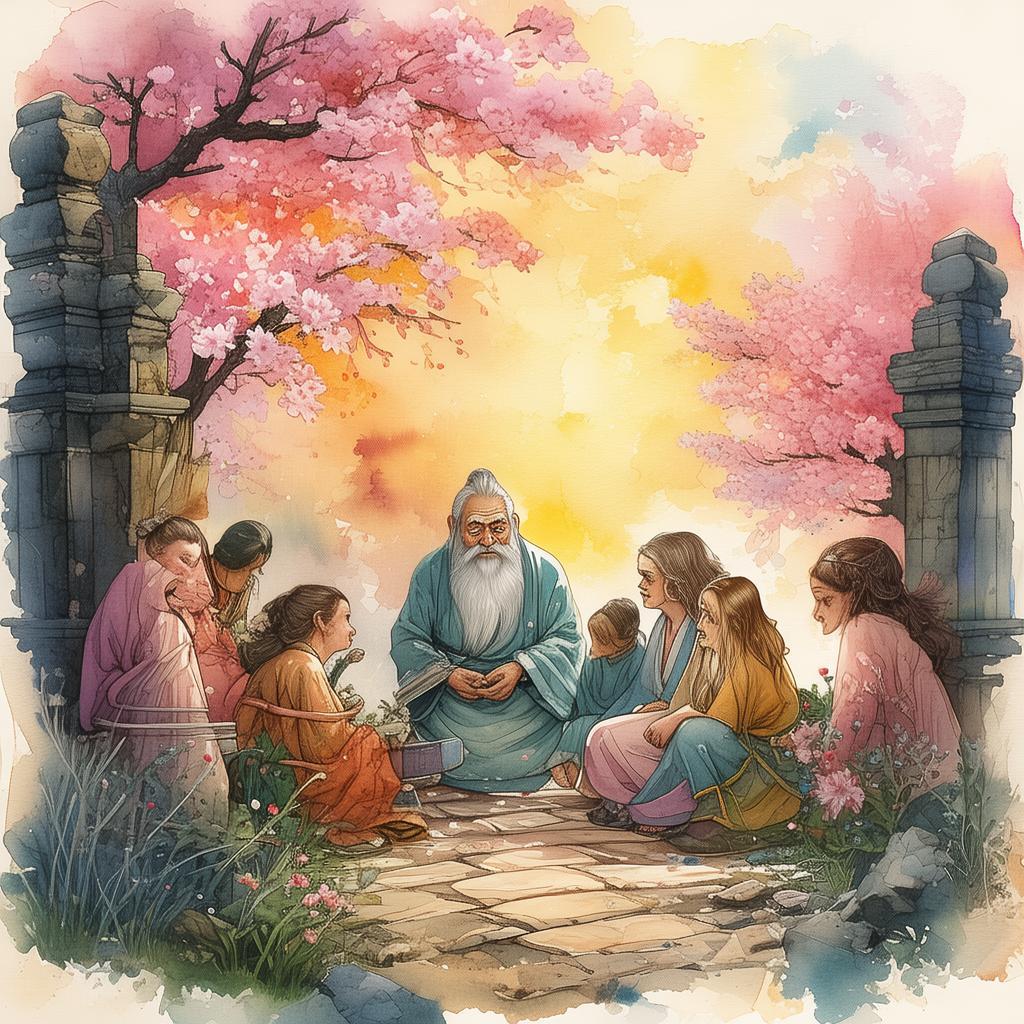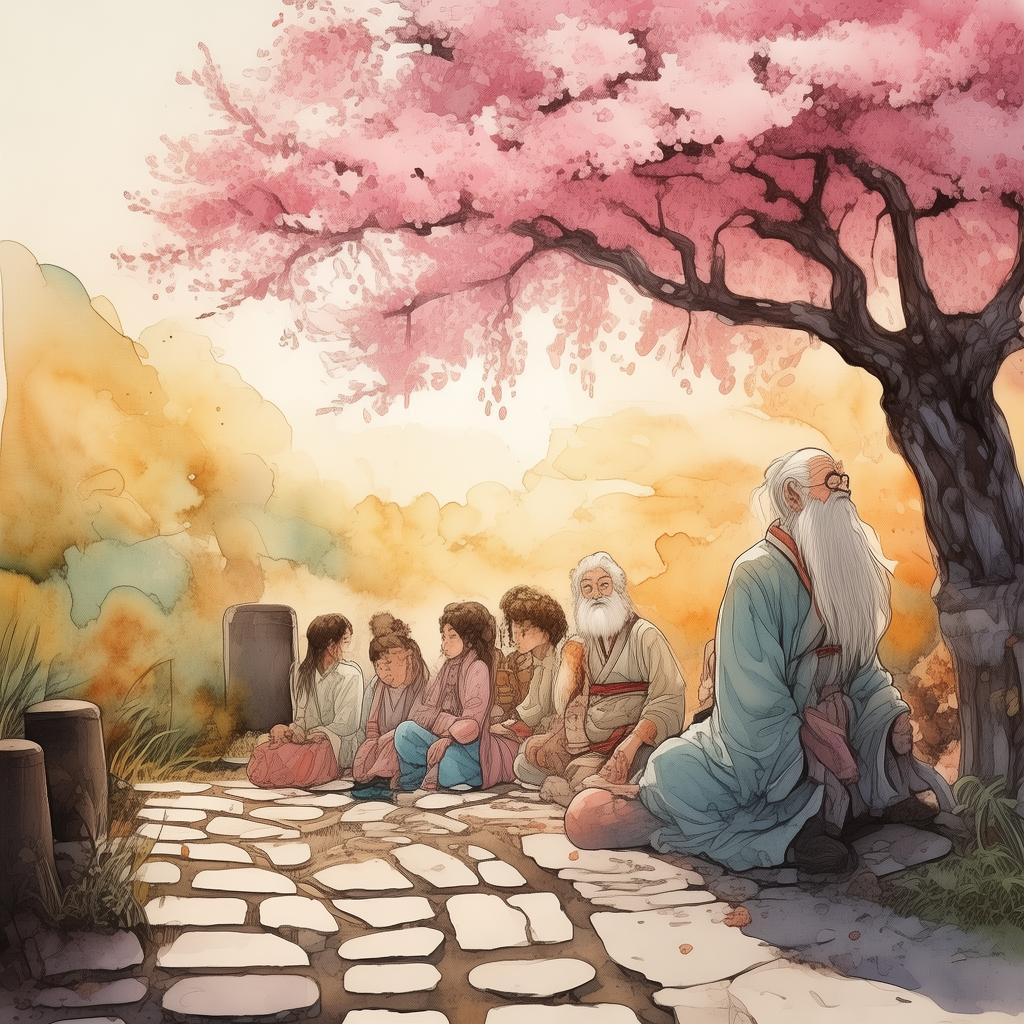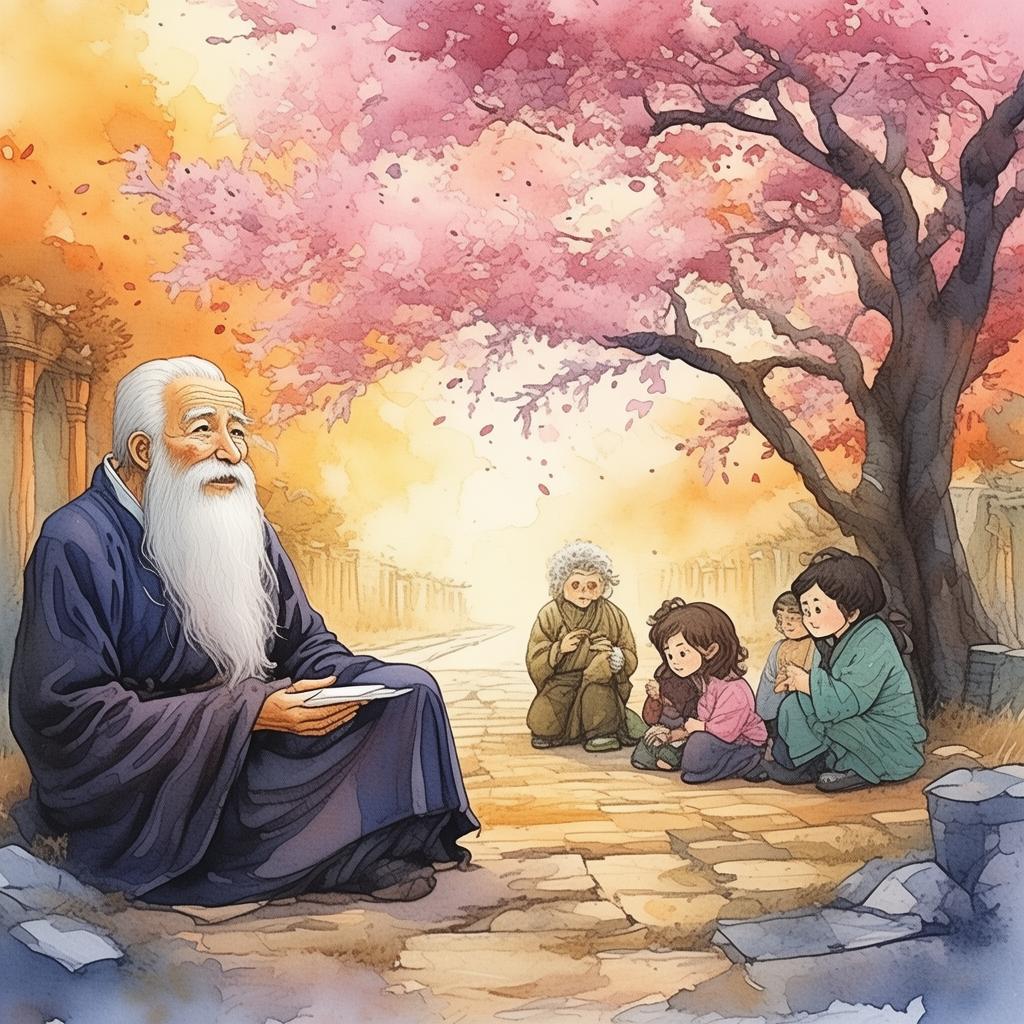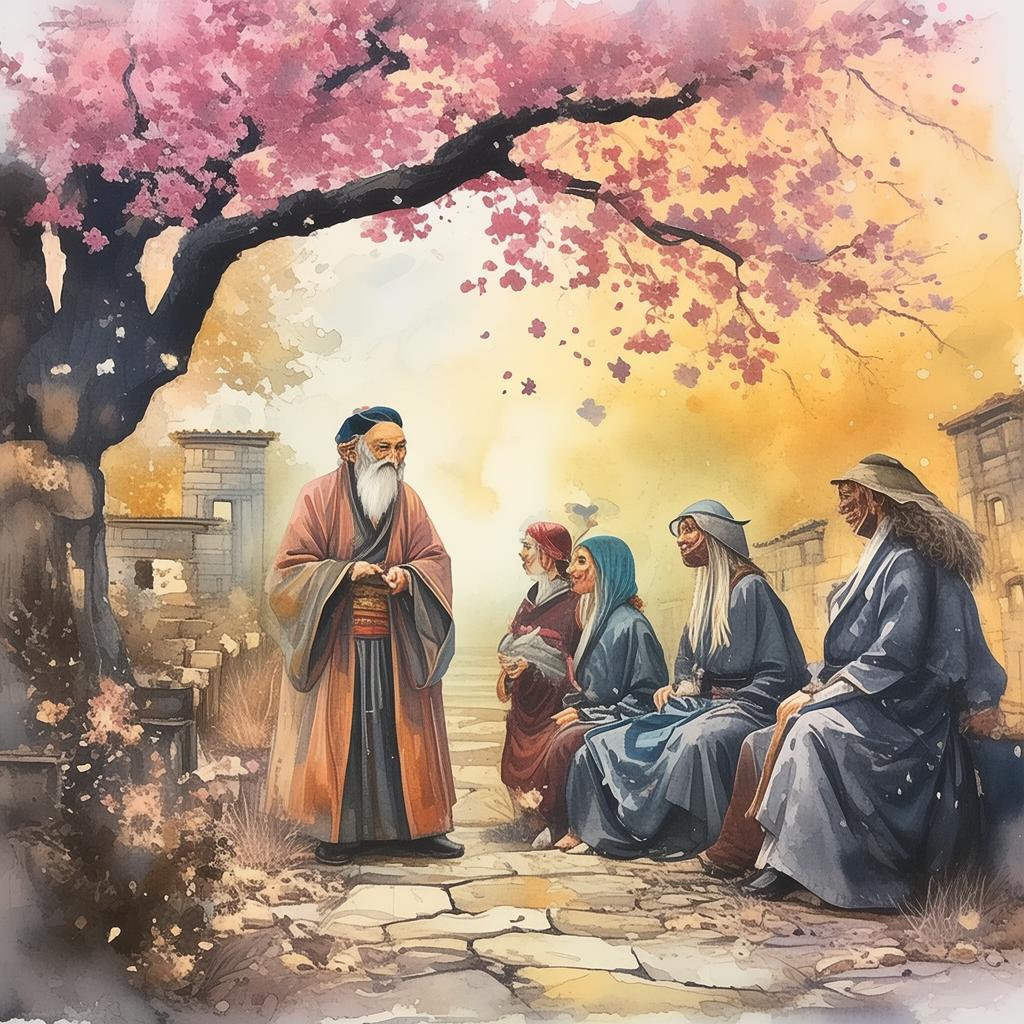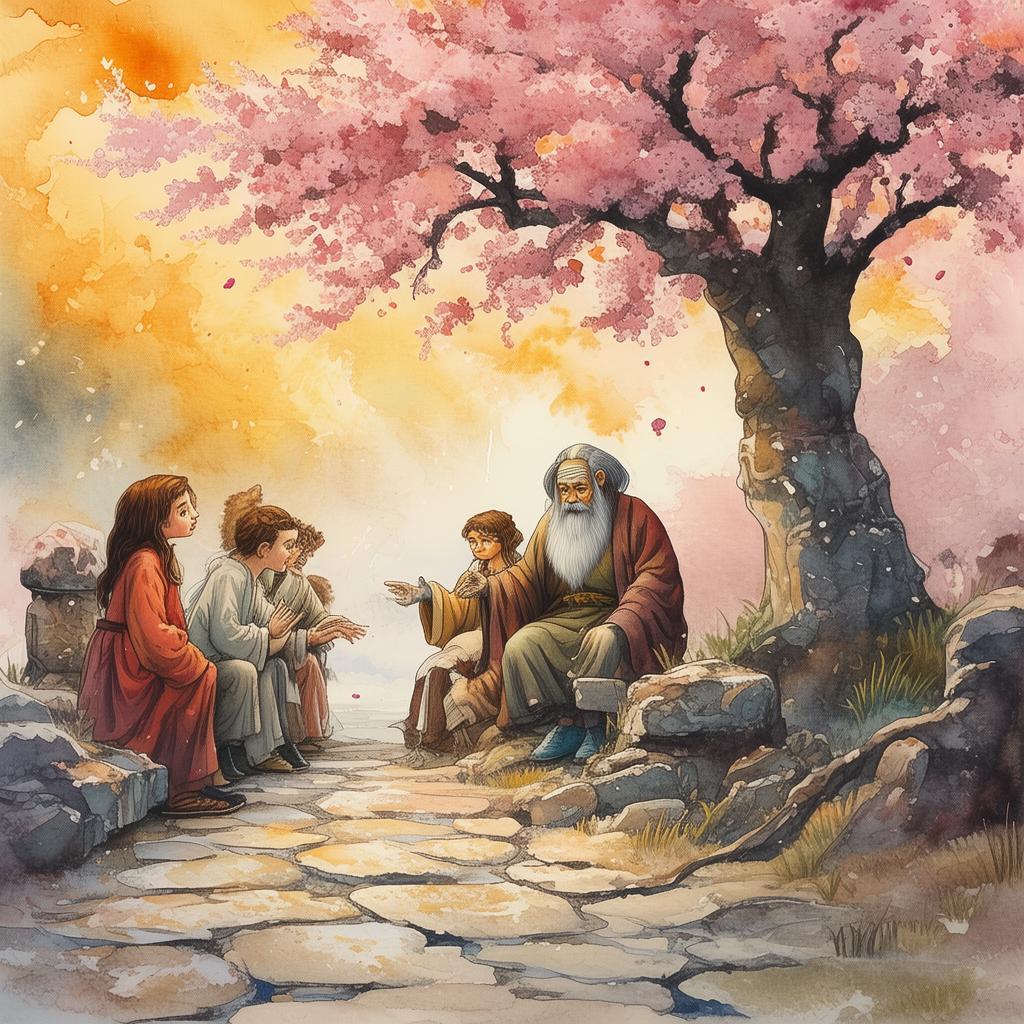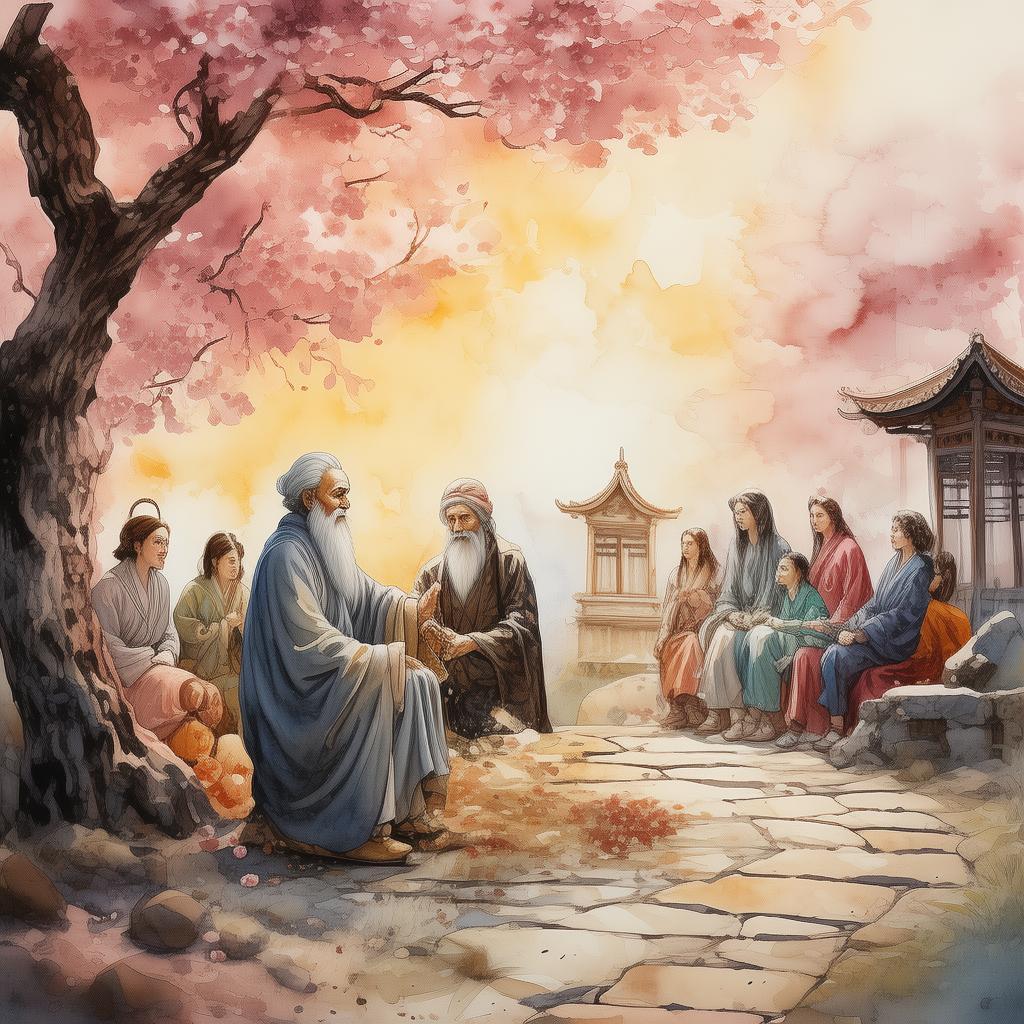The Celestial Chessboard Moves of Confrontation: The Battle of Yin and Yang
In the ancient land of Liang, where the sky was painted with strokes of the celestial brush, there lived a young strategist named Ming. Ming was known throughout the land for his unparalleled ability to foresee the movements of the stars and interpret the celestial messages that guided the fate of nations. Yet, his greatest challenge was not in reading the heavens, but in understanding the human heart.
The kingdom of Liang was divided, its people polarized by two opposing philosophies: the Yin, which embraced the principles of darkness, rest, and the feminine, and the Yang, which championed light, action, and the masculine. The king, a man of moderate temperament, sought a balance between these two forces, but his efforts were met with resistance from both camps.
It was during one of the rare nights when the sky was clear and the stars aligned that Ming had a vision. He saw a celestial chessboard, upon which the stars themselves moved with the rhythm of the cosmos. The stars were the pieces, and the constellations the board, where the fate of Liang was being played out.
Ming knew that the key to uniting the kingdom lay in understanding the moves of the celestial chessboard. He resolved to study the patterns of the stars, the movements of the planets, and the very essence of the cosmos itself.
As he delved deeper into his study, Ming encountered an old sage who lived in a secluded grove. The sage, wise and ancient, taught Ming the art of the celestial chessboard, explaining that the moves of confrontation in the game of contrasting opinions were not to be underestimated.
"The stars themselves are but reflections of the human heart," the sage said. "To win this game, you must understand the nature of conflict, the essence of harmony, and the delicate balance between the two."

Ming learned that the Yin and Yang were not enemies but complementary forces. Just as the night and day, the moon and the sun, the two philosophies could coexist and create a more vibrant and dynamic world.
One day, a great confrontation arose in the kingdom. The followers of Yin and Yang clashed in the streets, their voices raised in anger and their fists clenched in defiance. The king, desperate for a solution, turned to Ming.
"I see the stars aligning for a great battle," Ming said, "but I also see the potential for peace. Let us not fight, but rather engage in a game of celestial chess."
The king agreed, and Ming set up a grand chessboard in the center of the palace. The pieces were the citizens of Liang, each representing their beliefs and opinions. The game began with a move that surprised everyone.
Ming moved a piece representing the Yin philosophy to a position of strength, then a piece representing the Yang philosophy to a position of power. The people watched in awe as the game unfolded, each move a reflection of the celestial patterns Ming had studied.
As the game progressed, the people of Liang began to see the wisdom in Ming's moves. The followers of Yin and Yang, once enemies, started to understand each other's perspectives. The king, inspired by Ming's strategy, decreed that henceforth, the kingdom would embrace both philosophies, allowing each to thrive in its own right.
The celestial chessboard moves of confrontation in the game of contrasting opinions had brought harmony to the kingdom. Ming's vision of balance had not only united the land but also brought peace to the hearts of its people.
In the end, Ming realized that the true power of the celestial chessboard was not in the moves themselves, but in the understanding that conflict could be a catalyst for growth and harmony. The kingdom of Liang flourished, a testament to the power of balance and the wisdom of a young strategist who had learned to navigate the celestial moves of the human heart.
✨ Original Statement ✨
All articles published on this website (including but not limited to text, images, videos, and other content) are original or authorized for reposting and are protected by relevant laws. Without the explicit written permission of this website, no individual or organization may copy, modify, repost, or use the content for commercial purposes.
If you need to quote or cooperate, please contact this site for authorization. We reserve the right to pursue legal responsibility for any unauthorized use.
Hereby declared.
